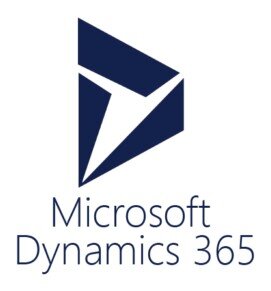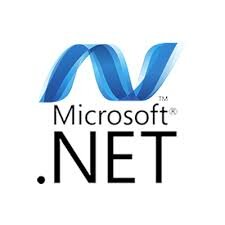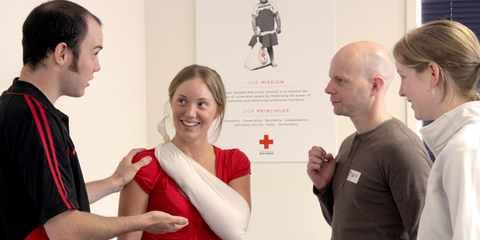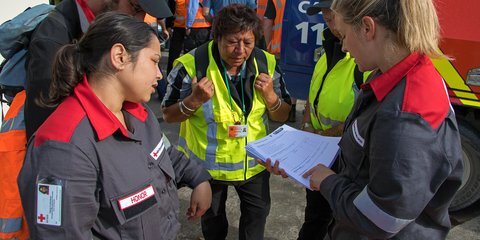Red Cross trims manual task costs through automation with Dynamics 365.
Meaningful Outcomes
Consolidated 70,000 training requests through Dynamics 365
Provide a more consistent and streamlined training services to their customers
Able to train more first-aid responders through use of automation
Able to decrease hours associated to completing manual tasks
Objective
Implement a system to accurately map member genealogy. Support the distribution of educational grants with a portal for easier application and management.
Challenge
The Red Cross needed to replace over a dozen databases situated in 22 different locations with a large degree of varying sophistication. Some of the training system's that was core to The Red Cross's business offering ranged from pencil and paper to using access databases and a combination of the two. The challenge for Magnetism was to take numerous variations of courses, locations, customers and contract rates into consideration - and build a CRM that took all of this into account.
Solution
Needing to understand how they can provide a more consistent and streamlined training service to their customers spanning across New Zealand, Red Cross had heard about Magnetism and their expertise in creating a very customisable CRM system built on Microsoft Dynamics. The scale of the job was evident in that it took about 40 hours to migrate data from just one of the Access databases in Christchurch to the new centralised location in Wellington. The Red Cross have implemented a system dubbed xRM. The 'x' indicated that they now have a system that not only holds all of their client and customers information, but integrates, enables and unleashes other parts of the business. This system automates several formally manual processes and makes more than three million records, stored centrally in Wellington accessible for over 100 users up and down the country.
Results
The Red Cross's current mixed systems paired with processing over 70,000 training requests that were needing to be fulfilled meant that they needed to look at a CRM to consolidate all of the data they already used in many different formats and complexity levels.
They needed to provide a nationwide standardised solution to their customers and found a customised Dynamics CRM achieved just that. For an activity that was bringing in a seven-figure sum, from scores of national customers, it was being run in an ad hoc manner with outdated systems rather than in a business-like fashion.
Now, when a course booking is received and details entered in the system, a whole series of processes automatically follow:
A confirmation email is sent automatically;
The numbers for the relevant course are updated;
An appropriate training room and resources are allocated Instructors can see how many people they’ll be teaching;
An invoice is generated and dispatched;
A certificate is produced for successful course attendees NZQA is informed automatically;
Revenue is recorded in the AccPac accounting system.











